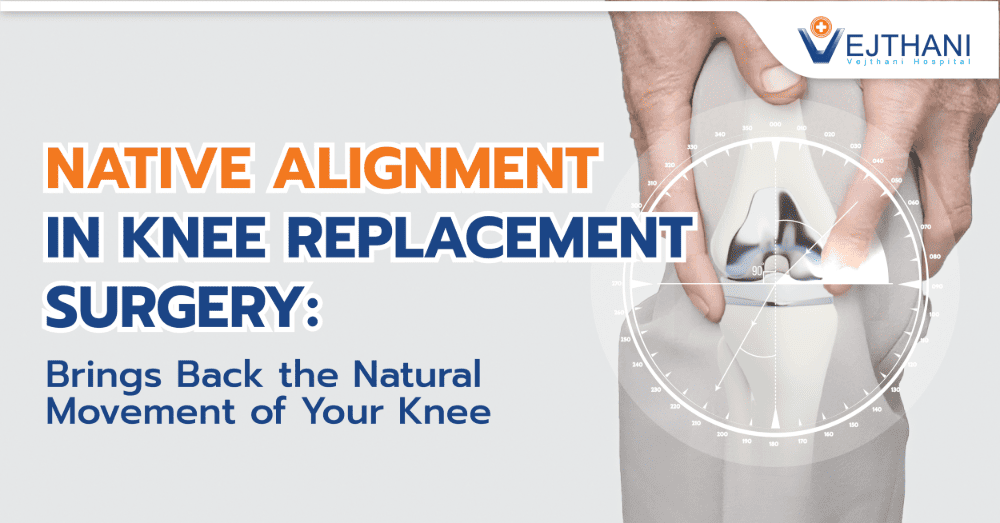
Rectal prolapse surgery (Rectopexy)
Overview
Rectal prolapse surgery is a medical procedure aimed at addressing the rectal prolapse, where the rectum protrudes into the anus. This condition can be caused by various factors such as aging, pregnancy, illness or injury, and it often presents symptoms like pressure or a bulge in the anus following bowel movements.
While not an emergency condition, untreated rectal prolapse tends to worsen over time. The surgery involves repositioning the displaced tissue to relieve symptoms and mitigate potential complications such as pain, bowel function problems, constipation or incontinence.
Reasons for undergoing the procedure
Rectal prolapse is not a prevalent condition, occurring in only about 0.5% of individuals. While it can affect people of all ages, including children, it is more commonly observed in individuals over 50 and those Assigned Female at Birth (AFAB). Without surgical intervention, rectal prolapse tends to worsen in adults, potentially leading to severe complications.
This is typically not the case for children, as they often develop rectal prolapse due to chronic constipation, diarrhea, or parasitic infectious diseases. With time and appropriate treatments addressing the underlying cause, the muscles supporting a child’s rectum can heal and strengthen sufficiently to maintain proper positioning. It is rare for a child with rectal prolapse to require surgery.
Types of rectal prolapse surgeries
Rectal prolapse surgery can be performed via either your abdomen or the skin area between your genitalia and anus, known as the perineal area.
Risks
Adults with rectal prolapse usually require surgery as the main course of treatment. Not having rectal prolapse surgery can lead to a number of issues, such as:
- Gangrene due to a incarcerated rectum
- Rectal ulcers and anemia
- Constipation
- Bowel incontinence
Rectal prolapse is treated with abdominal surgery with either a single major incision or several smaller ones. This method has a reduced chance of recurring prolapse than perineal surgery, but it also has a slightly higher risk. It’s crucial to remember that there is always a chance of complications from surgery, including bleeding, blood clots, and scars.
Possible complications of rectal prolapse surgery comprise:
- Anastomotic leak
- Large bowel obstruction
- Anal fistulas
- Constipation getting worse.
- Problems with sex.
Before the procedure
To get ready for rectal prolapse surgery, you should do as your doctor instructs. It could be necessary for you to:
- Quit taking specific medications.
- Use laxatives or prescription drugs to help clear your bowels.
- For a while, limit your intake to clear liquids.
During the procedure
The surgical technique used by your physician will determine the outcome of your rectal prolapse procedure. When determining the best course of action for you, the surgeon considers both the extent of the prolapse and your general health.
Abdominal procedures
Rectal prolapse surgery performed through the abdomen can be carried out using various techniques. Regardless of the chosen approach, your surgeon will administer general anesthesia.
- Abdominal rectopexy with potential bowel resection: Your surgeon makes incisions in your abdomen and pulls your rectum to the posterior wall of your pelvis, securing it with permanent stitches and possibly a mesh sling. Over time, scar tissue develops to stabilize your rectum. In some cases, bowel resection surgery (colectomy) may also be performed to alleviate chronic constipation.
- Laparoscopic rectopexy: Your surgeon utilizes a thin tube equipped with a camera (laparoscope) and medical instruments inserted through several small abdominal incisions to secure your rectum in place. This procedure may also involve bowel resection.
- Robotic rectopexy: Similar to laparoscopic rectopexy, this procedure involves using a robotic device to assist in rectal prolapse repair. Your surgeon may also conduct bowel resection or apply a mesh sling if necessary.
Perineal procedures
Perineal surgery, also known as perineal proctosigmoidectomy, involves a small incision in the perineal area. General anesthesia or an epidural may be administered.
Various methods exist for treating rectal prolapse, with surgery being the most common approach. Types of rectal prolapse surgery include:
- Altemeier procedure: Your surgeon pulls the prolapsed rectum and a portion of the sigmoid colon (the terminal part of the large intestine connecting to the rectum) through the anus. A proctocolectomy is performed to excise these segments. Subsequently, the remaining rectum is attached to the large intestine. Additionally, pelvic floor muscles may be sutured closer together to tighten them (levatorplasty).
- Delorme’s procedure: Suitable for rectal mucosa prolapses or small rectal prolapses, this procedure involves removing the rectal lining. Then, the muscular layer of the rectum is folded over and sutured inside the anal canal. This doubled muscular wall serves to secure the rectum in place.
After the procedure
Following perineal surgery, hospitalization typically lasts for two to three days, whereas abdominal surgery may require a hospital stay of up to a week. Your discharge timing hinges on various factors, including your ability to consume solid foods, pass gas, and have bowel movements. These indicators suggest the proper functioning of your digestive system.
Post-surgery, you may encounter:
- Discomfort and sensitivity in the rectal region and around the incision areas.
- Bleeding from the rectum or presence of blood in stool.
Outcome
After leaving the hospital, it may take several weeks to return to regular activities following rectal prolapse surgery. Bowel function post-surgery can vary, with potential for no change, deterioration, or improvement, and it may take several months to determine long-term outcomes. Following treatment, it’s advisable to:
- Increase water and fiber intake in your diet to prevent constipation.
- Avoid straining during bowel movements.
- Consider using stool softeners if necessary.
Research indicates that abdominal rectal prolapse surgery typically leads to better long-term results compared to perineal surgeries. Recurrence rates are low, with less than 5% of individuals experiencing a recurrence after abdominal rectopexy, while up to 25% may experience another prolapse following perineal rectopexy.
Contact Information
service@vejthani.com






















